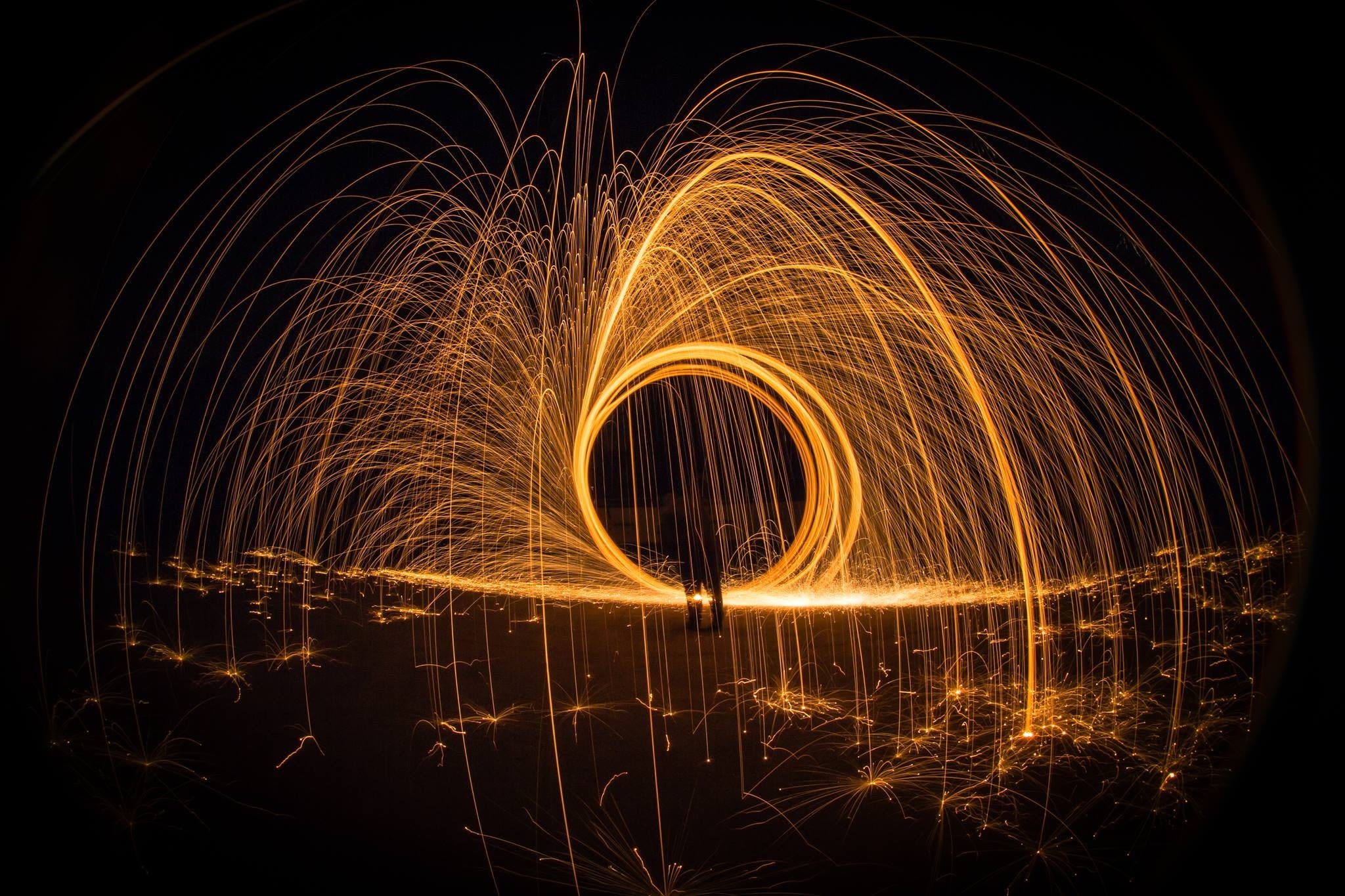While it is possible that your testicular pain is entirely the item of riding your bike, it is possible that other factors are partly or totally responsible for the pain. Riding a bike can intensify pain and make it seem like it is the source when in truth there are other underlying reasons your testicles are experiencing pain. If you are not able to recognize the specific cause of your testicular pain, check out a doctor to have your injury taken a look at. Andy Baker: I am experiencing left testicle pain after biking. It spends time for about 1 week after a flight. Needless to say, this is detering my exercise. I’m 47, so, from what I have checked out, there is very little risk of cancer at this point. However, I discover it extremely uncomfortable. I have actually attempted different seats and positions. I also make sure to use good quality biking shorts and move my parts up and out of the method. Still, the pain continues.


I have experience of the “hernia”, and can probably dismiss the normal male hernia as a cause. In the typical male hernia, a loop of intestine finds its way down a gap underneath the gut, where the sperm tube goes to the testicle. There is a gap and a sperm tube on both sides, one going to the left testicle, and one to the right. When the loop of gut finds its way to above the groin, it does indeed form a lump in the lower abdomen, but also pushes the groin down on one side at an angle of 45 degrees. So the groin is hanging when you are standing up, at an angle of 45 degrees. There is some discomfort, but in my experience it could not be described as huge pain. When lying down at night, you can push the lump of gut back away from the groin, and the body goes “flat” again until the next time that you stand up. The operation to cure the standard male hernia involves keyhole surgery, with a 2-inch slit made in the lower abdomen, just above the side of the groin where the hernia has occurred. Infertility means not being able to get pregnant after one year of trying. Or, six months, if a woman is 35 or older. Women who can get pregnant but are unable to stay pregnant may also be infertile. For some couples, infertility problems can be present from birth (congenital) or something can go wrong along the way that results in infertility. The reason of infertility can be because of either partners. About one-third of infertility cases are caused by women’s problems and one third of fertility problems are due to the man. The other cases are caused by a mixture of male and female problems or by unknown problems. If a couple decides to go for consultation of medical experts then first thing is to fix up an appointment with infertility specialist. Many infertility problems can be pinpointed by the infertility specialist and the vast majority cases can be treated. Many cases of apparent infertility are treatable.
Serious, acute pain is associated with rapidly growing tumors and associated hemorrhage or infarction (if the tumor outgrows its blood supply). Most patients with pain complain of dull scrotal discomfort or heaviness. Rarely trauma can lead to a diagnosis, mostly because it brings a mass or pain to the patient’s awareness. For the upwards of 30% of men who present with metastatic cancer, symptoms of metastases can be the presenting complaint. As testis cancers can lead to diminished spermatogenesis, infertility can be the initial presentation in rare men. The mainstays of diagnosis are scrotal ultrasound and serum tumor markers. Serum tumor markers are covered in a previous blog (click here). Scrotal ultrasound often demonstrates an intratesticular, hypoechoic (dark) mass. Testis cancers are often vascular (or hypervascular), although the absence of blood flow does not rule out a testis cancer. Even in patients with suspicion of metastatic cancer, a scrotal ultrasound should be used to identify an active primary tumor or a “burned-out” testicular mass — which is typically a small, impalpable scar or calcification. Radical orchiectomy should strongly be considered for any intra-testicular mass and suspicion of testis cancer.
You may notice that one testicle is higher than the other. The start of pain can be quite gradual or sudden, and the pain can be verysevere. Swelling may be limited to just one side, or it can occur in the entire scrotum. There are other potential causes of severe testicular pain, such as epididymitis, but you should still take these symptoms seriously and seek emergency treatment. Do you experience other symptoms, please share with us. What Causes Testicular Torsion? Most men who have testicular torsion are born with a higher risk for the condition although they may not know it. If you have any issues about the place and how to use mào tinh hoàn cứng, you can speak to us at our own website. Normally, the testicles can’t move freely inside the scrotum. The surrounding tissue is strong and supportive. Men and boys who experience torsion sometimes have weaker connective tissue in the scrotum. This is called a “bell clapper” deformity. If you have a bell clapper deformity, your testicles can move more freely in the scrotum. This movement increases the risk of the spermatic cord becoming twisted. Testicular torsion can also occur after an injury to the groin. Rapid growth during puberty may also cause the condition. The condition can occur anytime. Testicular torsion can occur when a man is sleeping or when he is engaging in physical activity. Sports injuries can cause torsion of the testes. As a preventive step, a man can wear a cup for contact sports. Testicular torsion usually occurs in only one testicle. Bilateral torsion, when both testes are simultaneously affected, is extremely rare.